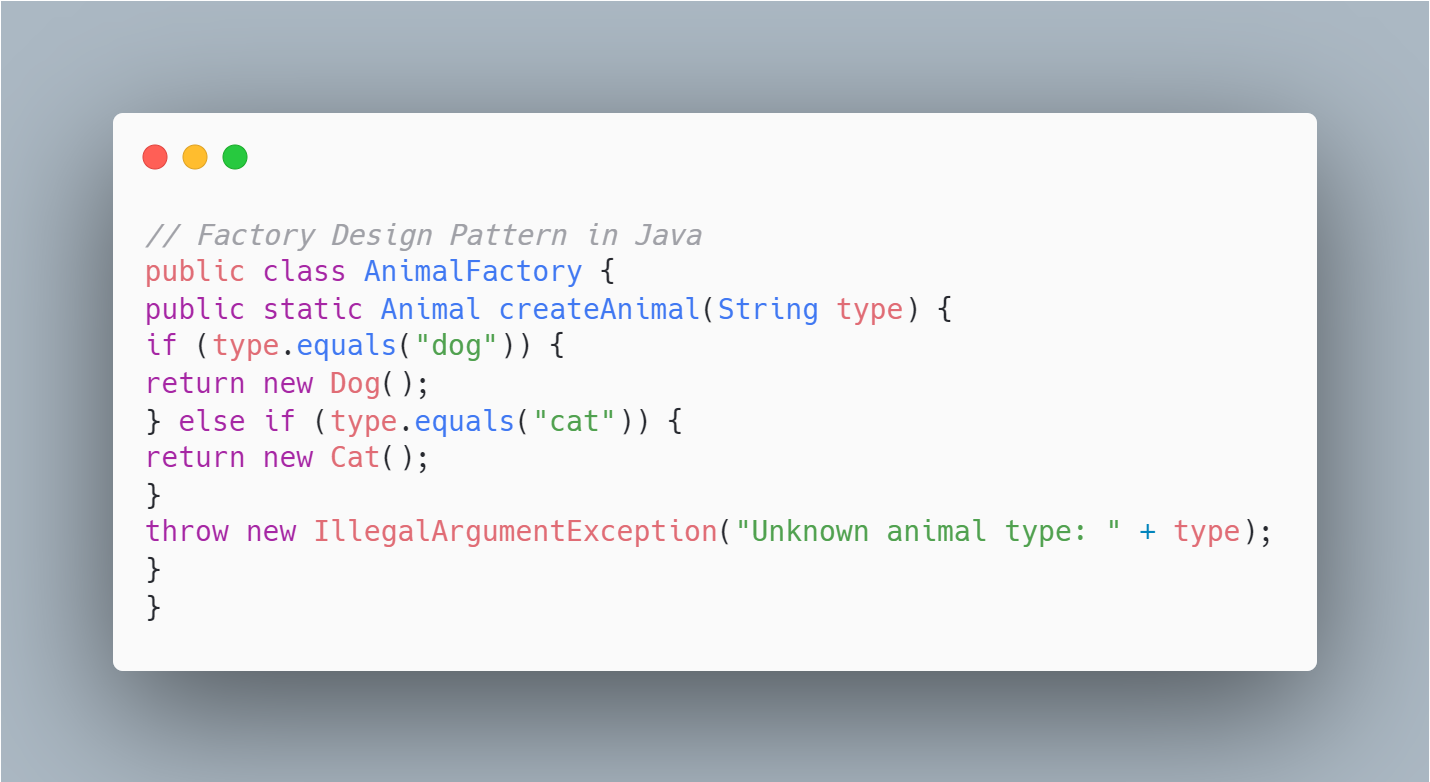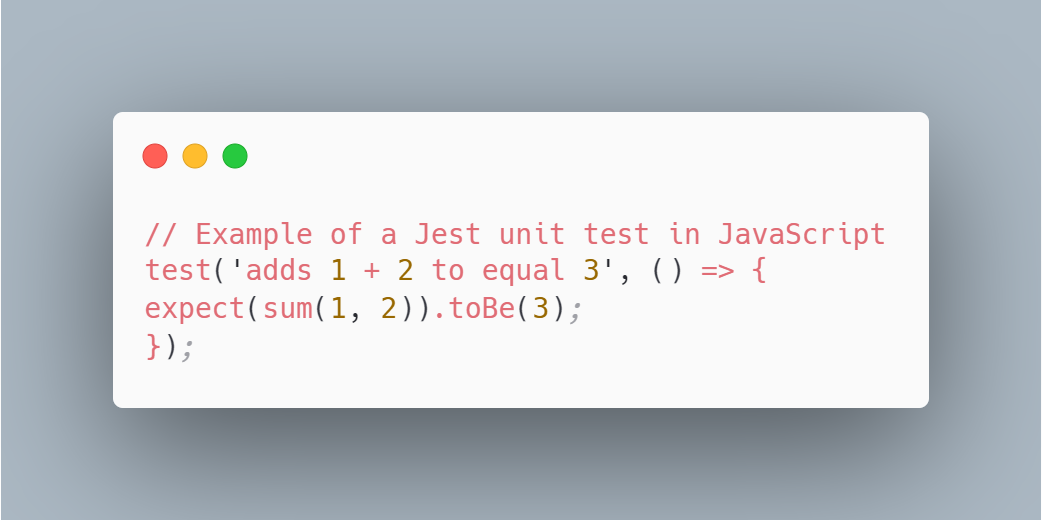Ultimate Guide to Software Development Best Practices
Welcome to this in-depth guide to software development best practices! Whether you’re just starting out or are an experienced developer, this article will provide you with essential tips, best practices, and expert insights to improve your skills. From gathering requirements to optimizing performance, we’ve covered everything to help you deliver high-quality software. Let’s dive into each section!
1. Requirements Gathering and Analysis
Grasping user requirements is fundamental to achieving success in software development. Properly gathering and analyzing requirements sets the foundation for a project’s success.
Best Practices:
– Stakeholder Engagement: Actively involve stakeholders early to capture all requirements and clarify any ambiguities.
– Clear Documentation: Write requirements in an unambiguous, concise format.
– Prioritization: Focus on high-priority requirements first to meet essential project goals.
– Validation: Consistently collaborate with stakeholders to review requirements, ensuring precision and alignment with project goals.
2. Design Principles and Patterns
Good design is essential for creating scalable and maintainable software. Applying proven design principles and patterns helps create systems that are more scalable and easier to maintain.
Best Practices:
– Adhere to SOLID Principles: These five principles help create clean, modular, and maintainable code.
– Use Design Patterns: Patterns like Factory, Singleton, and Observer provide proven solutions for common design challenges.
– Keep It Simple: A simple, modular design promotes scalability and reduces technical debt.
Java

3. Code Organization and Structure
An organized and well-structured codebase enhances collaboration, simplifies debugging, and improves maintainability.
Best Practices:
– Logical Structure: Organize code into directories that follow a logical structure.
– Modularization: Divide complex code into manageable, reusable components.
– A well-structured and tidy codebase promotes easier collaboration, simplifies debugging, and improves long-term maintenance.
4. Version Control and Collaboration
Effective version control is key to managing changes and enabling seamless collaboration within development teams.
Best Practices:
– Use Git: Git is the industry standard for version control. Use branching and merging strategies to manage changes.
– Commit Messages: Write concise, meaningful commit messages to track changes efficiently.
– Regular Sync: Regularly sync with the remote repository to avoid conflicts.
5. Testing and Quality Assurance
Testing ensures your software performs as expected and helps detect issues before they reach production.
Best Practices:
– Test-Driven Development (TDD): Write tests before the implementation to clarify requirements and improve code quality.
– Unit and Integration Tests: Test individual components and how they interact with each other.
– Automate Tests: Use tools like JUnit or Selenium to automate testing.
Javascript:

6. Security Considerations
With increasing cyber threats, securing your software is a critical part of the development process.
Best Practices:
– Regular Updates: Keep your software, libraries, and dependencies up-to-date with security patches.
– Secure Coding: Prevent vulnerabilities like SQL injection and cross-site scripting by sanitizing inputs and validating outputs.
– Authentication: Implement robust authentication and authorization systems to protect user data.
7. Performance Optimization
Enhancing performance results in a more responsive user experience and boosts overall application efficiency.
Best Practices:
– Code Profiling: Identify and optimize bottlenecks.
– Database Optimization: Use indexing and caching to enhance database query performance.
– Asynchronous Programming: Use async programming to handle intensive tasks efficiently.
Take a quiz : Test your java knowledge
8. Documentation and Code Comments
Clear and thorough documentation helps communicate the intent and functionality of your code to other developers.
Best Practices:
– Document Design Decisions: Include high-level explanations of key design decisions and architecture.
– Use Inline Comments: Comment on complex parts of the code to clarify their purpose.
– Automatic Documentation Generation: Utilize tools such as Javadoc or Sphinx to create documentation directly from your code.
9. Continuous Integration and Deployment (CI/CD)
CI/CD pipelines streamline the processes of building, testing, and deploying code, leading to quicker releases and improved quality.
Best Practices:
– Automate Pipelines: Set up a CI/CD pipeline with tools like Jenkins, Travis CI, or GitLab CI/CD.
– Use Containers: Containerize your applications with Docker for consistent deployments across environments.
– Automated Deployment: Deploy automatically using tools like Kubernetes or AWS Elastic Beanstalk.
10. Code Review and Refactoring
Regular code reviews and refactoring sessions help maintain code quality and reduce technical debt.
Best Practices:
– Frequent Code Reviews: Conduct regular code reviews to ensure quality and adherence to best practices.
– Use Tools: Tools like GitHub Pull Requests or Crucible can streamline the review process.
– Refactor Often: Continuously improve your code by refactoring for better performance and readability.
11. User Experience (UX) Design
A focus on UX design ensures that the software is intuitive and user-friendly, enhancing overall user satisfaction.
Best Practices:
User-Centric Design: Prioritize user needs and preferences during the design process.
Prototyping: Create prototypes to gather feedback and iterate on design concepts.
Usability Testing: Conduct usability tests to identify and resolve design issues.
12. Project Management and Agile Practices
Effective project management and Agile practices help manage development processes and adapt to changes efficiently.
Best Practices:
Adopt Agile Methodologies: Implement Agile frameworks like Scrum or Kanban to manage tasks and workflows.
Iterative Development: Develop software in iterative cycles, allowing for frequent feedback and adjustments.
Clear Milestones: Define clear milestones and deliverables to track progress and ensure timely delivery.
13. DevOps Practices
Integrating development and operations through DevOps practices improves collaboration and accelerates delivery.
Best Practices:
Infrastructure as Code: Use tools like Terraform or Ansible to manage infrastructure through code.
Continuous Monitoring: Implement continuous monitoring to detect and address issues proactively.
Collaborative Culture: Foster a collaborative culture between development and operations teams to enhance efficiency.
14. Knowledge Sharing and Team Building
Encouraging knowledge sharing and team building strengthens team cohesion and drives continuous improvement.
Best Practices:
Knowledge Sharing Sessions: Organize regular knowledge sharing sessions and workshops.
Mentorship Programs: Establish mentorship programs to support skill development and career growth.
Team Building Activities: Engage in team-building activities to foster collaboration and improve team dynamics.
15. Performance Monitoring and Logging
Effective performance monitoring and logging are crucial for maintaining application health and troubleshooting issues.
Best Practices:
Implement Monitoring Tools: Utilize tools like New Relic, Datadog, or Prometheus to continuously monitor application performance and resource usage.
Set Up Alerts: Configure alerts for key performance indicators (KPIs) to be notified of potential issues before they impact users.
Centralized Logging: Use centralized logging solutions like ELK Stack (Elasticsearch, Logstash, Kibana) or Splunk to aggregate and analyze log data.
16. API Design and Management
Well-designed APIs facilitate seamless integration and interaction between different software components.
Best Practices:
Follow RESTful Principles: Design APIs following RESTful principles to ensure they are stateless, scalable, and easy to consume.
Use Versioning: Implement versioning to manage changes and maintain backward compatibility.
Document APIs: Provide comprehensive API documentation using tools like Swagger or OpenAPI to help developers understand and use your APIs effectively.
17. Scalability and Load Balancing
Ensuring that your application can scale to handle increased loads is vital for maintaining performance under stress.
Best Practices:
Horizontal Scaling: Design your system to scale horizontally by adding more instances rather than scaling vertically.
Load Balancing: Use load balancers to distribute incoming traffic across multiple servers, enhancing availability and reliability.
Capacity Planning: Regularly review and adjust capacity planning to accommodate anticipated growth and traffic spikes.
18. Disaster Recovery and Backup Strategies
Preparing for potential failures and data loss is essential for maintaining business continuity.
Best Practices:
Create a Disaster Recovery Plan: Develop and regularly update a disaster recovery plan outlining steps for restoring services after a failure.
Implement Regular Backups: Schedule regular backups of critical data and configurations to ensure they can be restored if needed.
Test Recovery Procedures: Periodically test your recovery procedures to ensure they work as expected and identify any gaps in the plan.
19. Compliance and Regulatory Considerations
Adhering to legal and regulatory requirements ensures your software is compliant with relevant standards and laws.
Best Practices:
Understand Regulations: Familiarize yourself with regulations applicable to your industry, such as GDPR, HIPAA, or CCPA.
Implement Data Protection Measures: Ensure that your software includes necessary data protection measures to comply with regulations.
Regular Audits: Conduct regular audits to verify compliance and address any issues identified.
Incorporating these additional best practices into your software development process will help you create robust, scalable, and compliant applications. By continuously improving your skills and processes, you’ll be better equipped to tackle the challenges of modern software development. Keep exploring new technologies, stay adaptable, and continue to strive for excellence in your projects. Happy coding!
Follow us on Instagram : know.programming


Great share